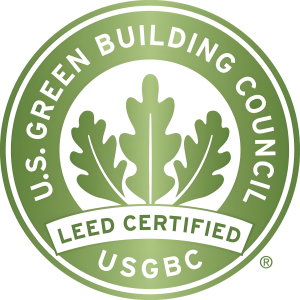LEED and the advent of healthy buildings
The green building movement of recent decades has been largely focused on pitching the economic case of “going green”—namely, monetary savings generated through energy conservation measures. Many gravitated toward the aspects of LEED that gauged performance based on energy cost savings.
Measuring performance
According to the Global Real Estate Sustainability Benchmark (GRESB), today, over $7 trillion in real estate institutional capital tracks the performance of green buildings, yet this investment has been driven by chasing 1% of the cost to operate our buildings in terms of energy, waste and water.
Now, we can more objectively quantify the “people cost” of our buildings. Data shows us how an investment in the building is an investment in the company. For example:
- A body of research has estimated worker productivity gains ranging from 2–10% with better indoor air quality.
- The work of Don Milton from the University of Maryland and others has shown that healthier buildings are associated with 1.6 fewer days of absenteeism due to sickness each year.
https://www.usgbc.org/articles/leed-and-advent-healthy-buildings



